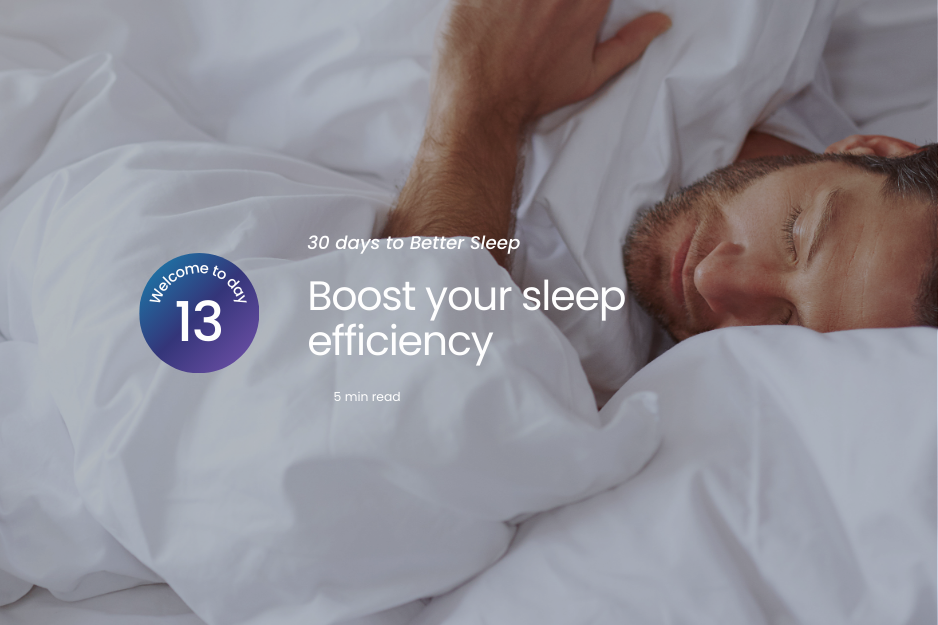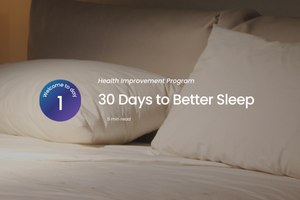
Stick to a consistent sleep schedule and match bed time to your sleep needs (+5–10%).
Spending less time in bed builds sleep drive and improves sleep efficiency.
Avoid habits like forcing sleep, sleeping in, or napping after a bad night.
If you struggle with falling asleep or staying asleep, you might be unintentionally prolonging the problem by spending too much time in bed. Today, we’ll explore the concept of sleep compression and how it can help you build your body’s natural need for sleep, improving both your ability to fall asleep quickly and stay asleep.

Stick to a consistent sleep schedule and match bed time to your sleep needs (+5–10%).
Spending less time in bed builds sleep drive and improves sleep efficiency.
Avoid habits like forcing sleep, sleeping in, or napping after a bad night.
If you struggle with falling asleep or staying asleep, you might be unintentionally prolonging the problem by spending too much time in bed. Today, we’ll explore the concept of sleep compression and how it can help you build your body’s natural need for sleep, improving both your ability to fall asleep quickly and stay asleep.

When sleep problems occur, many people try to “fix” them by altering their habits in ways that seem helpful but may actually worsen the issue in the long run. Common examples include:
Going to bed too early
Trying to force sleep
Sleeping in after a bad night
Napping after a poor night’s sleep
These habits can feel like they offer short-term relief, but in reality, they reinforce the problem, as your brain starts associating the bed with wakefulness. The key to better sleep lies in sleep compression, which involves shortening the amount of time you spend in bed to gradually build up your body’s sleep drive and ability to fall asleep quickly.
To improve your sleep with sleep compression, here’s a simple approach:
Find your ideal sleep duration. If you know you need about 7.5 hours of sleep, aim for around 8 hours in bed. Don’t spend excessive time in bed—this will only reinforce sleep problems.
Stick to your sleep schedule. Going to bed and waking up at the same time every day helps reinforce your natural sleep drive.
By compressing your sleep into a set schedule, you’ll gradually make your sleep more efficient, enabling you to fall asleep faster and stay asleep longer.

Action items
If you find yourself struggling to fall asleep and stay asleep, try adjusting your sleep schedule to match your sleep needs, plus about 5-10%. For example, if you need 7.5 hours of sleep, aim for 8 hours in bed, but don’t extend this time unnecessarily. Reducing the time you spend in bed will help increase the quality of your sleep. Stick to your schedule and observe how your sleep patterns improve over time.

THE DOCTORS BRAND™
America’s leading clinically proven nutraceutical brand for better sleep, less anxiety and less pain
*These statements have not been evaluated by the U.S. Food and Drug Administration. Our product is not intended to cure or treat any disease.
MDbiowellness
Contact us
(805) 977-5709
M-F 9am-5pm PT
hello@MDbiowellness.com
© 2023 MDbiowellness